In the opening paragraph of our article, we set the stage for an exciting journey. We introduce llamas—their rugged landscapes, woolly coats, and stoic gazes. But beyond this iconic image lies a captivating world of llama’s kin—animals that share intriguing similarities. From Bactrian camels to hoary marmots, we’ll explore their stories, uncover their traits, and weave a tapestry of nature’s creativity. So, dear reader, get ready to embark on an adventure where llamas’ companions reveal their own tales across the vast canvas of life.
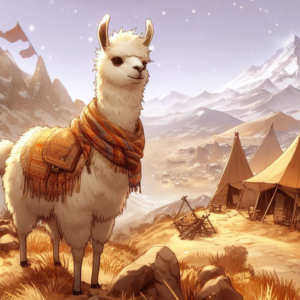
1. Introduction
Llamas, those enigmatic creatures of the Andes, evoke images of rugged landscapes, woolly coats, and stoic gazes. But did you know that beyond the llama’s graceful silhouette lies a fascinating family of animals, each sharing a kinship in some way? In this comprehensive exploration, we delve into the world of llama’s look-alikes, uncovering their similarities, differences, and captivating stories.
2. Bactrian Camel
Scientific Name: Camelus bactrianus
How are they like that’s?
- Distant cousins of llamas.
- Domesticated and adaptable.
- Recognizable by their two humps.
- Thrive in rugged terrains, just like llamas.
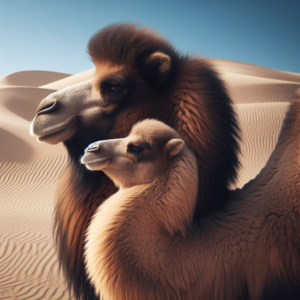
3. Dromedary Camel
Scientific Name: Camelus dromedarius
How are they like that’s?
- Thin legs and long necks.
- Distant relatives of llamas.
- Towering at 7 feet tall.
- Found in the Middle East, Australia, Africa, and India.
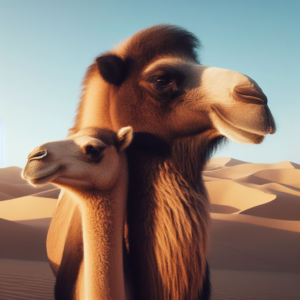
4. Alpaca
Scientific Name: Lama pacos
How are they like that’s?
- Soft wool and similar appearance.
- Native to South America.
- Domesticated companions.
- Shy around humans.
- No horns, unlike antelope.
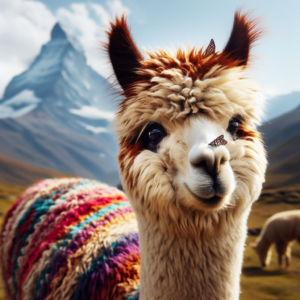
5. Sheep
Scientific Name: Ovis aries
How are they like that’s?
- Domesticated for wool.
- Raised in various countries.
- Soft, woolly coats.
- Valued for both wool and meat.
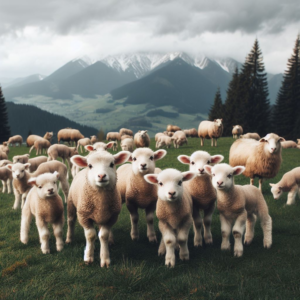
6. Hoary Marmot
Scientific Name: Marmota caligata
How are they like that’s?
- Rodent family members.
- Sociable and family-oriented.
- Larger than typical rodents.
- Dark gray fur and bushy tails.
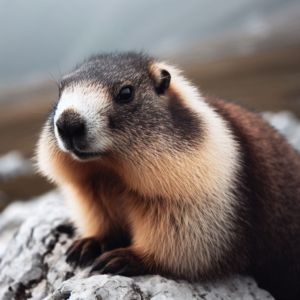
7. Moles
Scientific Name: Talpidae
How are they like that’s?
- Hoard food like squirrels.
- Small, furry creatures.
- Live underground.
- Worms, insects, and snails form their diet.
8. Bison
Scientific Name: Bison
How are they like that’s?
- Large, shaggy-coated mammals.
- Curved upward horns.
- Weigh up to a ton.
- North American residents.

9. Camel
Scientific Name: Camelus
How are they like that’s?
- Native to the Gobi Desert and Bactrian steppes.
- Even-toed ungulates.
- Long legs, big-bellied bodies, and distinctive humps.
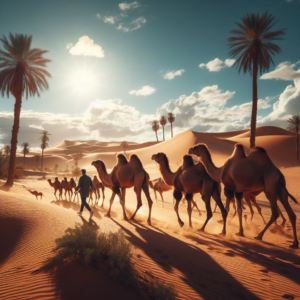
10. Deer, Guanaco, Chinchilla, Pronghorn, and Woodchuck
- These animals, while not directly related to llamas, share certain traits such as agility, fur, and habitat.
Conclusion
In our journey through the animal kingdom, we’ve glimpsed the diverse companions of llamas—each a testament to nature’s creativity. From the towering dromedary camels to the sociable hoary marmots, these creatures weave their own tales across the vast canvas of life. So, dear reader, as we bid farewell to this exploration, remember that the world of llama’s kin is rich, intricate, and ever-evolving. Let their stories inspire wonder and curiosity, and may you continue to seek connections in the wild tapestry of existence. 🌿🦙✨
FAQs
Bactrian camels, alpacas, and hoary marmots share traits with llamas.
Yes, sheep have woolly coats like llamas and are domesticated for wool.
Moles, though not directly related, share a burrowing lifestyle with llamas.
Bison, with their shaggy coats and curved horns, have similarities.
While not direct kin, deer exhibit agility and habitat traits akin to that’s.